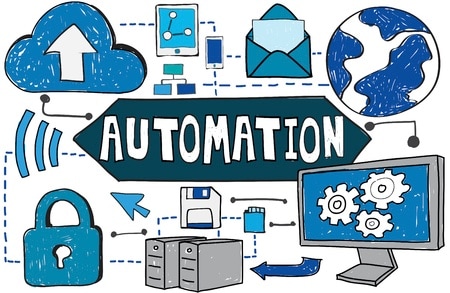 A seemingly ordinary day can turn chaotic when you are a CISO. Imagine arriving at your office in a great mood, secure that you’ll complete every item on your checklist. Good cheer is evident as you make your way to your office and fire up your computer.
A seemingly ordinary day can turn chaotic when you are a CISO. Imagine arriving at your office in a great mood, secure that you’ll complete every item on your checklist. Good cheer is evident as you make your way to your office and fire up your computer.
As soon as you fire up the computer, you find countless alerts regarding a phishing attack that have spread throughout your organization while you were sleeping. Any minute now, your customers, vendors and employees will start opening their emails, potentially spreading an attack that could result in stolen data, encrypted files and a complete disruption of the workflow. Your first reaction is one of horrified panic. Your organization is under attack, and it is up to you to contain the threat.
Your team spent the night conducting a forensic analysis and reverse-engineering the malware to identify the nature and source of the attack to find the best containment and eradication method. Despite the chaos, team members remain focused, manually compiling alerts and combing through the logs to analyze the extent of the damage and find an effective way to defuse the situation.
The threat keeps spreading, making you feel that you are fighting a wildfire that is so out of control that you wonder whether the attack will ever end. Finally, near the end of the day, your team is able to win the battle and halt the attack. You and your team meet briefly, and everyone has the same question: "How did this attack become so widespread in such a short time?"
The answer is simple: cyber criminals are masters at launching sophisticated phishing attacks. Unfortunately, traditional methods of detecting and blocking attacks have not kept pace with the enemy. This leaves SOC teams under intense pressure to fight digital battles without weapons they need to win.
Challenges of Manual Processes
Many organizations rely on silo-based tools to gather data, creating an eternal high volume and complex streams that must be normalized, analyzed and prioritized. Relying on manual processes to manage mountains of logs is a primary reason for your team's inability to address critical issues in a timely manner. The time and energy to manually filter out the false positives also leaves your team with less time to deal with vital issues.
It takes time to respond to an attack when you rely on manual processes. Attackers know this — and count on it. The more time it takes a victim to respond to an attack, the more time they have to wreak havoc. More data is at risk and more computers can be infected. Compounding the problem is that the breach can compromise the systems of your vendors and customers, which can significantly erode the company brand.
Why Embrace Automated Security Operations
Organizations are challenged with keeping up with the explosion of data. It’s not just the customer data collected that inundates organization. Ironically, alerts and security scans also increase the size of the databases. And cyberattacks have increased and become more sophisticated. The proliferation of IoT and mobile devices has expanded the threat surface and given attackers a greater variety of vulnerabilities to exploit.
The increase in cyberattacks has vastly outpaced the availability of qualified security professionals. Despite attempts by colleges to provide more cybersecurity programs, the projected number of graduates is not expected to narrow the talent gap in the immediate future. Simply hiring more people won’t provide organizations with the needed security.
On the other hand, security automation is becoming smarter and more robust in terms of the threat detection information. Investing in people who know how to manage automated systems will be the biggest trend. Furthermore, increasing levels of automation with tools that can automate investigatory tasks and incident workflow is becoming a higher priority.
A fully automated system can streamline the workflow, compile alerts and initiate a defense within minutes. By reducing the dwell time for malicious emails in your employees' accounts, you are automatically reducing the workload for your team.
About Cortex XSOAR
The Cortex XSOAR automation platform for security operations allows you to automate alert triage, track and manage incidents efficiently, automate your threat hunting and enhance real-time collaboration. Contact us today to learn the many ways that you can harness the power of Cortex XSOAR to better secure your organization.
Download our Top Use Cases whitepaper.
To see Cortex XSOAR in action, get our free Community Edition